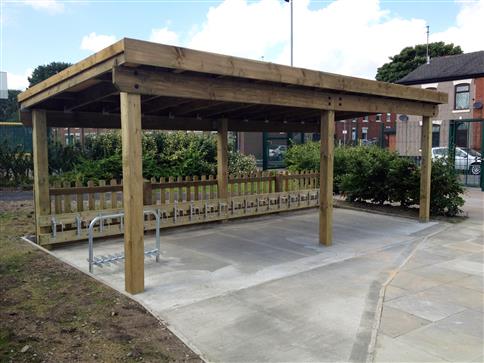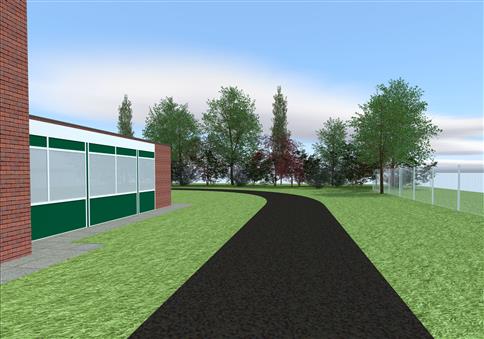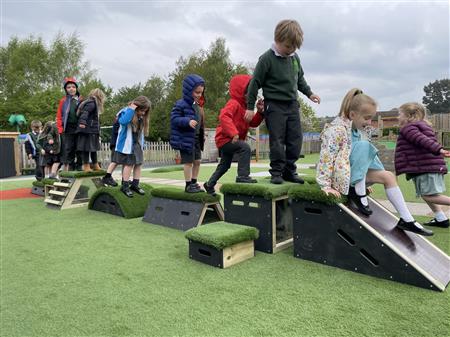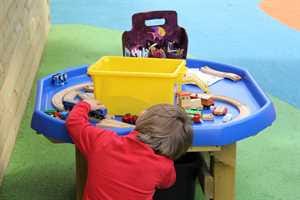
Children's Health
We discuss why children should walk to school and reveal ways to develop your playground to encourage walking within your school grounds.
The Autumn is a stunning time of year to go for a walk. With changing leaves falling to the ground, crunchy walkways, misty, red, golden and glowing skies, conkers waiting to burst open ready to be discovered by little hands, squirrels scurrying around preparing for the winter ahead and a whole palette of colours spreading across the landscape… it’s a real feast for the senses.
Walking is the perfect activity for children and it’s never too early or too late to start. Whether they are little babies getting fresh air in a buggy, toddlers stepping out for the first time, young children wanting to run everywhere or teenagers gaining a taste of real independence, walking is good for everyone.
There are so many health benefits to walking, both physical and mental, and it is well known that even a gentle walk, can boost morale and lift self-esteem.
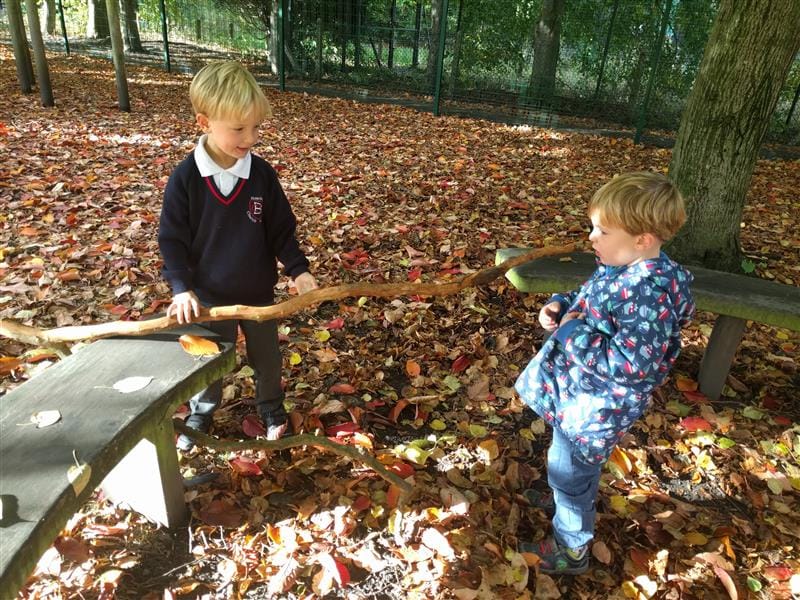
Many schools have reported that pupils who walk to school, even if only part of the way, are much more switched on and ready for learning than those who have arrived by car. The great outdoors provides the most stimulating and information rich environment that children can get.
This is even more important, in the world of technology and the culture of “screen time” that we live in today.
Schools can play a big part in this, both in encouraging their pupils to walk to and from school, and in creating opportunities for children to walk outside during the school day.

Our Autumn Eight - here is eight brilliant benefits that children gain from walking during Autumn:
1. Walking for… good academic performance
In the National Travel Survey, undertaken by the Department for Transport, the Department considered how children travel to school and the effect that this had on children. As many as 90% of teachers reported that their pupils are more ready to learn if they have walked into school.
Children arrive brighter and more alert for their morning classes. Walking is known to reduce stress, to “switch on” the brain to what is going on around us and to increase levels of creativity. These factors all make a hugely positive contribution towards a child’s performance at school.
This gentle form of exercise can help make children feel calmer and happier and improves their levels of concentration so that they are better able to focus in school.
Product Spotlight
2. Walking for… settling into a new school
Walking is a sociable activity and a time for building relationships with others.
Walking into school together in the mornings, can create a sense of calm and allows an opportunity to talk with children about how they are feeling, what they are looking forward to and what they may be feeling nervous about.
In the same way, a walk home from school allows time for a chat about the day (or if it isn’t welcome then just some quiet reflection and “time out”!).
This is so important when it comes to helping children settle into a new school environment or a new class or year group, whether Early Years, Key Stage 1 or Key Stage 2, it’s an ongoing process. Even better if children get to meet friends along the way and start to build new relationships in this way, they will feel happier and gain confidence from going into school together.
Some schools organise an “Autumn Walk” as a good way of helping children settle into school.
An Autumn Walk is an opportunity for families of EYFS children, to get together on a weekend and enjoy a walk together in the local area, followed by a picnic at the school. It’s a brilliant way for parents and carers of new pupils to meet each other and for classmates to have fun together outside of the classroom.
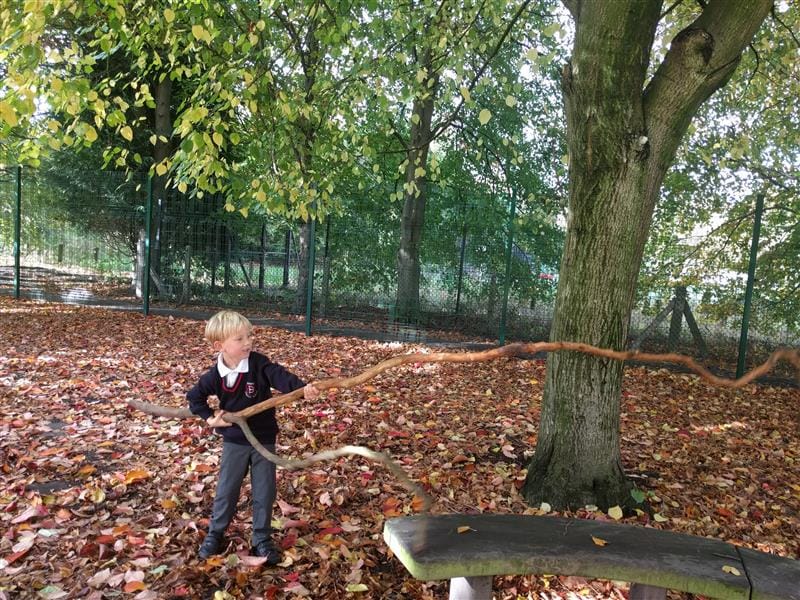
3. Walking for… great physical fitness
Incorporating daily physical activity into a child’s routine, is an essential part of looking after their physical health and fitness.
A daily walk can help with managing weight and blood pressure. It’s a great cardiovascular activity and will help maintain a healthy heart, fight obesity and reduce the risk of developing type 2 diabetes.
Walking encourages development of gross motor skills and helps maintain good muscle strength. It gets the body moving and helps children to stay healthy, even if it doesn’t feel like exercise to them.
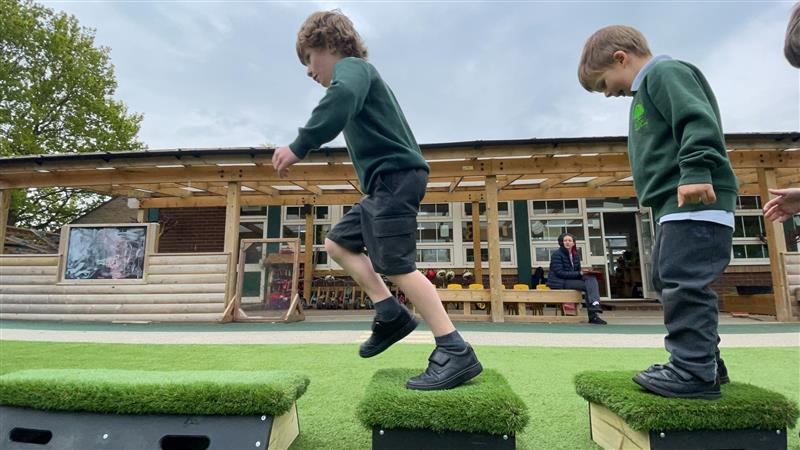
4. Walking for… good mental health
Numerous studies have highlighted the mental health benefits of regular gentle exercise.
Walking is a perfect way of getting regular daily exercise and helping children to have happy, healthy minds and sound mental health.
The Autumn time offers up so many sensory treats, it’s impossible for children to become bored on their walk to school! Walking means spending some quality time together, being spontaneous, free and happy.
Looking after their minds in this way will make an enormous difference to children’s ability to cope with daily life and everything that it throws at them.
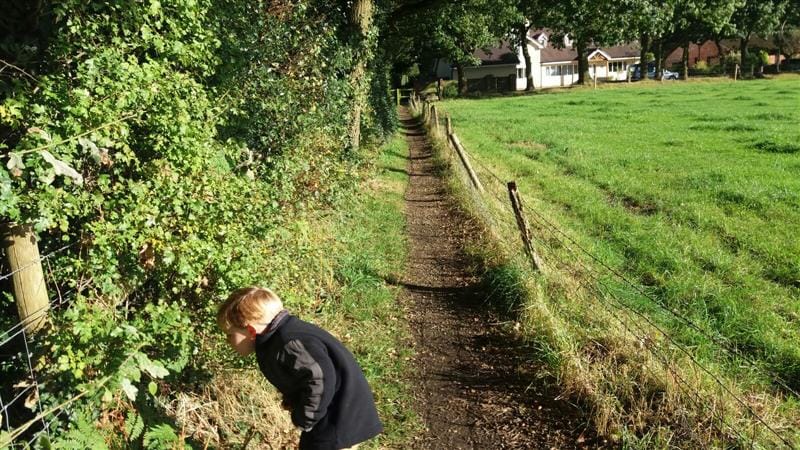
5. Walking for… getting children outdoors, and understanding the world
There are so many reports that children aren’t spending enough time outside these days.
Even just a 5-minute walk, can provide inspiration for a child’s day. Getting outside allows children access to fresh air and space, and some essential free time to think and just “be”.
It’s how they engage and learn about the world around them, how they are inspired and can enjoy life, and as adults it’s our role to make access to the outdoors for children a priority.
Autumn is a time when some of the most exciting and enthralling wildlife events take place. It’s something that is always best experienced on foot.
The movement of migrant birds, squirrels at work, trees changing, conkers falling and fungi of all different shapes, sizes, colours and textures to be discovered.
Walking out is a way of helping children to connect with nature, to observe and interact, and to develop an understanding of the world in which they live.
6. Walking for… improved sensory perception
Going out walking, allows children to use all their senses.
Step out in the Autumn and children will be able to hear, smell, see, taste and touch things they haven’t before. Blackberries growing in the hedges taste sweet and are sticky on your fingers.
Leaves, grasses and moss provide all sorts of different textures. Birds flying off for warmer climates, or squirrels foraging for food and building their nests make all sorts of interesting sights and sounds.
Bonfire smoke, damp woods and wet grass evoke scents that stay with children forever. Take children for an outdoor lesson walking around outside this Autumn, and their sensory perception will be put to work!
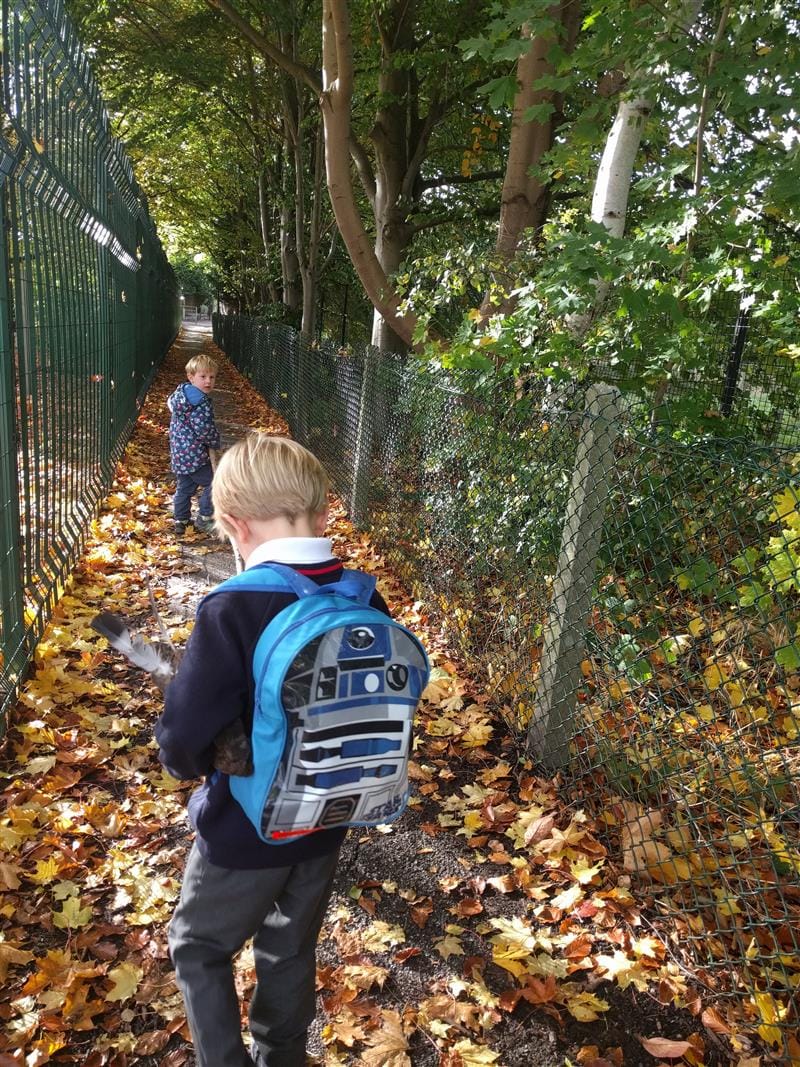
7. Walking for… the air that they breathe
The less time that we spend in cars, polluting the atmosphere, the better the quality of the environment and the air that our children breathe.
By encouraging children to walk to and from school, they will learn about the importance of looking after the environment. They will appreciate the fresher air in their lungs too.
People may be surprised to find that walking is a quicker way of getting to school than sitting in rush hour traffic jams and wasting money on petrol. It is also a great way of reducing congestion around the school at peak pick-up and drop-off times, and improving air quality within the school grounds and on the playground.
Walking buses and walk to school schemes are popular in many schools, where children who live locally, can meet and walk to their school together with a few adults for supervision.
No carbon footprint needed, the only footprints that they leave behind, are their own muddy ones after a good march through the leaves!
8. Walking for… independence and life experience
Allowing children to walk to school, even if they are young and need to be accompanied, gives them an opportunity to be independent in a “safe” situation.
They need to think responsibly, whether crossing the road or choosing a direction, and make decisions for themselves. They can choose when they want to stop and have a look at something on the way and they can have time to think and perhaps talk about things that they want to discuss.
They can’t get this level of independence from sitting in the back of a car. They might make some mistakes along the way, but they need to make these mistakes and learn from them to become independent adults.
During the school day, walking out around the playground, choosing the directions they want to go in and the different things that they want to explore, allows them to build trust in their own decisions and it will go a long way towards gaining independence.

Wonderful walking ideas for your playground and school grounds
It’s not just about the school run. There is much that can be done within the school grounds, to encourage children to walk to school, and to facilitate sensory walking experiences, so that all children can participate and get walking throughout the day.
Regular inspection of any footpaths around the school to check that they are free from litter and haven’t become overgrown, makes a difference as to how people will use them.
If you have supportive parents, see if a team of volunteers can get together and take on responsibility for liaising with the local council and keeping pathways child friendly. In some areas, additional lighting or features such as murals painted on walls, can encourage people to get walking.
Consider playground surfacing and landscaping developments for your school grounds. Walkways should be even and accessible to wheelchair users or those with walking difficulties. You can create points of interest with exciting playground markings and trails, to lead children in different directions.
Playgrounds can be brought to life with interesting features. Add focal points to draw children around the school grounds and encourage them to walk about and explore within their boundaries.
Make the most of natural features and enhance them with resources to encourage children to explore. Do you have a wooded area or even just a few trees in your school grounds? Create a sensory “woodland walkway” by adding some Planters to encourage plants to grow and add some signs for interest.
A trail through the woods for children to take a walk through at break time, adds a sense of adventure and excitement to any playground. In Autumn, when the leaves start to fall, you will struggle to get them back inside!
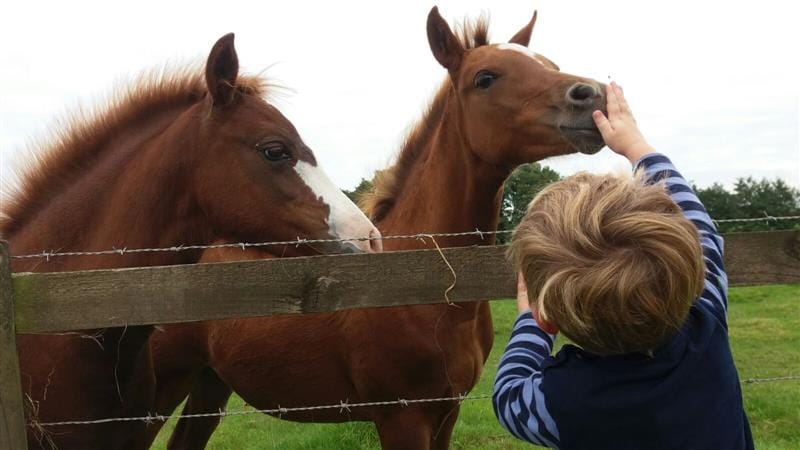
Another good idea, would be a sensory garden, with winding pathways to walk around and an array of textured and colourful plants for children to discover. This would transform any forgotten corner of the playground into a little walker’s paradise.
School's should also create a Wildlife Area, for children explore and spend the day walking backwards and forwards while planting, digging, and hunting for mini-beasts.
Consider installing an outdoor Storage Unit or Cycle Shelter, to encourage children to cycle or scoot to school. It’s all part of the walking experience, as they get out and about making their own way.
Good, secure playground storage, where children can leave their playground equipment during the school day, means parents won’t be put off by the idea of having to drag bikes or scooters around with them after children have been dropped off.
You can view some options for playground storage and cycle shelters here.
Contact us for more information, advice and resources for planning your school grounds to encourage children and parents to get walking. We have a fantastic range of school playground equipment, that can improve your school and learning outside of the classroom.

